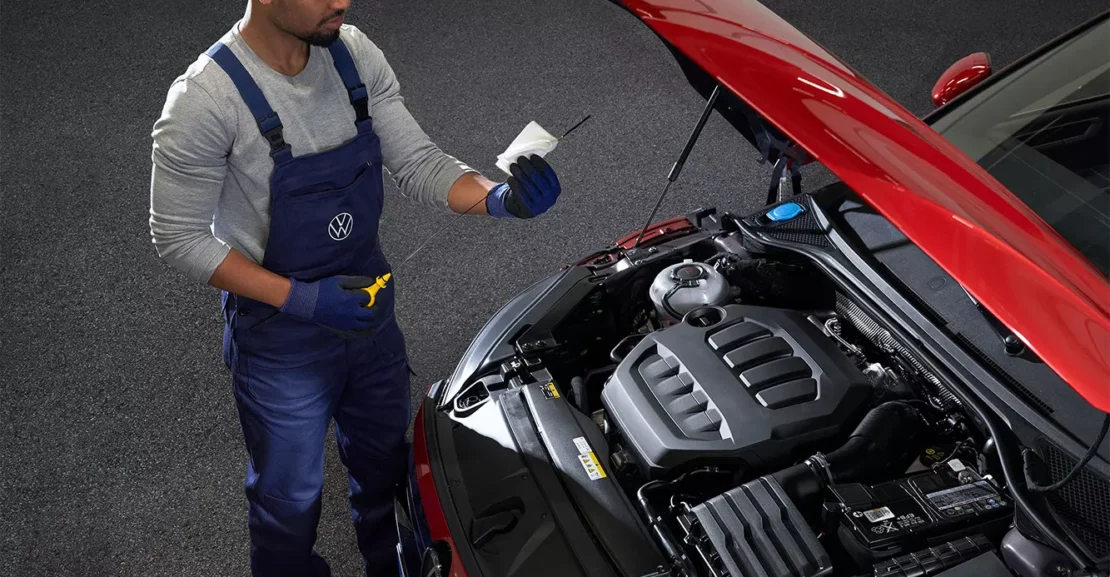Auto Guide: A Roadmap for Vehicle Longevity
Proper car maintenance is the key to ensuring your vehicle runs smoothly, performs efficiently, and stays on the road for years. In this comprehensive guide, we’ll walk you through the essential tasks that will help you keep your car in top condition, saving you money on repairs and ensuring your safety on the road.
Basic Maintenance Tasks
1. Fluid Checks and Changes
Engine Oil
Regularly check your engine oil level and change it according to your vehicle manufacturer’s recommendations.
Transmission Fluid
Ensure your transmission fluid is at the right level and replace it as needed.
Brake Fluid
Maintain proper brake fluid levels and consider flushing the system periodically.
Power Steering Fluid
Check and replace the power steering fluid to keep your steering system functioning smoothly.
Coolant/Antifreeze
Regularly inspect and top up coolant levels, and flush the system as recommended.
2. Filter Replacements
Oil Filter
Change the oil filter with each oil change to keep the engine clean.
Air Filter
Replace the air filter regularly to maintain optimal fuel efficiency and engine performance.
Cabin Air Filter
Keep the cabin air clean by replacing the cabin air filter at recommended intervals.
3. Tire Maintenance
Tire Pressure
Regularly check and maintain proper tire pressure for optimal fuel efficiency and tire life.
Tread Depth
Monitor tread depth and replace tires when they become too worn for safe driving.
Rotation
Rotate tires at regular intervals to ensure even wear.
Alignment
Align your tires if you notice uneven tread wear or your car pulling to one side.
Under the Hood
4. Engine Care
Checking Belts and Hoses
Inspect belts and hoses for wear and replace them if necessary.
Spark Plug Replacement
Replace spark plugs as recommended for improved fuel efficiency and engine performance.
Battery Maintenance
Check the battery for corrosion and ensure a secure connection. Test the battery regularly.
5. Cooling System
Radiator Checks
Regularly inspect the radiator for leaks or damage.
Thermostat Inspection
Ensure your thermostat is functioning correctly for proper engine temperature control.
Brake System
6. Brake System
Brake Pad Inspection and Replacement
Check brake pads for wear and replace them when needed.
Brake Rotor Inspection
Inspect brake rotors for damage and replace them if necessary.
Brake Fluid Flush
Consider flushing the brake fluid system periodically for optimal brake performance.
Transmission and Drivetrain
7. Transmission and Drivetrain
Transmission Fluid Change
Change transmission fluid as recommended by your vehicle’s manufacturer.
Differential Fluid Check
Regularly check and change the differential fluid as needed.
Clutch Maintenance
If you have a manual transmission, ensure the clutch is adjusted correctly and replace it if necessary.
Suspension and Steering
8. Suspension and Steering
Shock and Strut Inspection
Inspect shocks and struts for wear and replace them if needed.
Power Steering Fluid Replacement
Change power steering fluid at recommended intervals.
Ball Joint and Tie Rod Inspection
Regularly inspect ball joints and tie rods for wear and replace them as necessary.
Electrical System
9. Electrical System
Battery Testing
Perform regular battery tests to ensure it’s in good condition.
Alternator Inspection
Check the alternator for proper charging of the battery.
Starter Motor Check
Ensure the starter motor is working correctly for reliable engine starts.
Exterior Care
10. Exterior Care
Paint and Body
Wash and wax your car regularly to protect the paint. Address scratches promptly, and use rust prevention measures.
Lights and Signals
Regularly check and replace headlights, brake lights, and turn signals as needed.
Interior Care
11. Interior Care
Cabin Maintenance
Keep the interior clean by regularly vacuuming and cleaning surfaces.
Electronics
Ensure proper functioning of the audio system and air conditioning.
Emergency Preparedness
12. Emergency Preparedness
First Aid Kit
Always have a first aid kit in your car for unexpected situations.
Spare Tire and Tools
Check your spare tire regularly and keep the necessary tools for changing a tire.
Emergency Contacts
Keep a list of emergency contacts in your car, including roadside assistance and insurance information.
DIY Troubleshooting
13. DIY Troubleshooting
Common Car Issues
Learn to recognize common car problems and troubleshoot them.
Warning Signs
Understand warning signs and address them promptly.
How to Respond to Emergencies
Know what to do in emergency situations, such as a breakdown or accident.
Routine Maintenance Schedule
14. Routine Maintenance Schedule
Monthly Checks
Perform monthly visual inspections and fluid level checks.
Quarterly Tasks
Rotate tires, inspect brakes, and check the battery every three months.
Annual Maintenance
Schedule annual tasks like comprehensive inspections, fluid flushes, and filter replacements.
Resources
15. Resources
Recommended Tools
Essential tools for basic car maintenance.
Online Resources
Check reliable online resources for further information.
Professional Services
Know when it’s best to seek professional assistance.
Conclusion
In conclusion, regular car maintenance is the key to a smooth and trouble-free driving experience. By following this comprehensive guide and staying proactive in caring for your vehicle, you’ll not only save money in the long run but also ensure your safety on the road. Remember, a well-maintained car is a reliable car.

